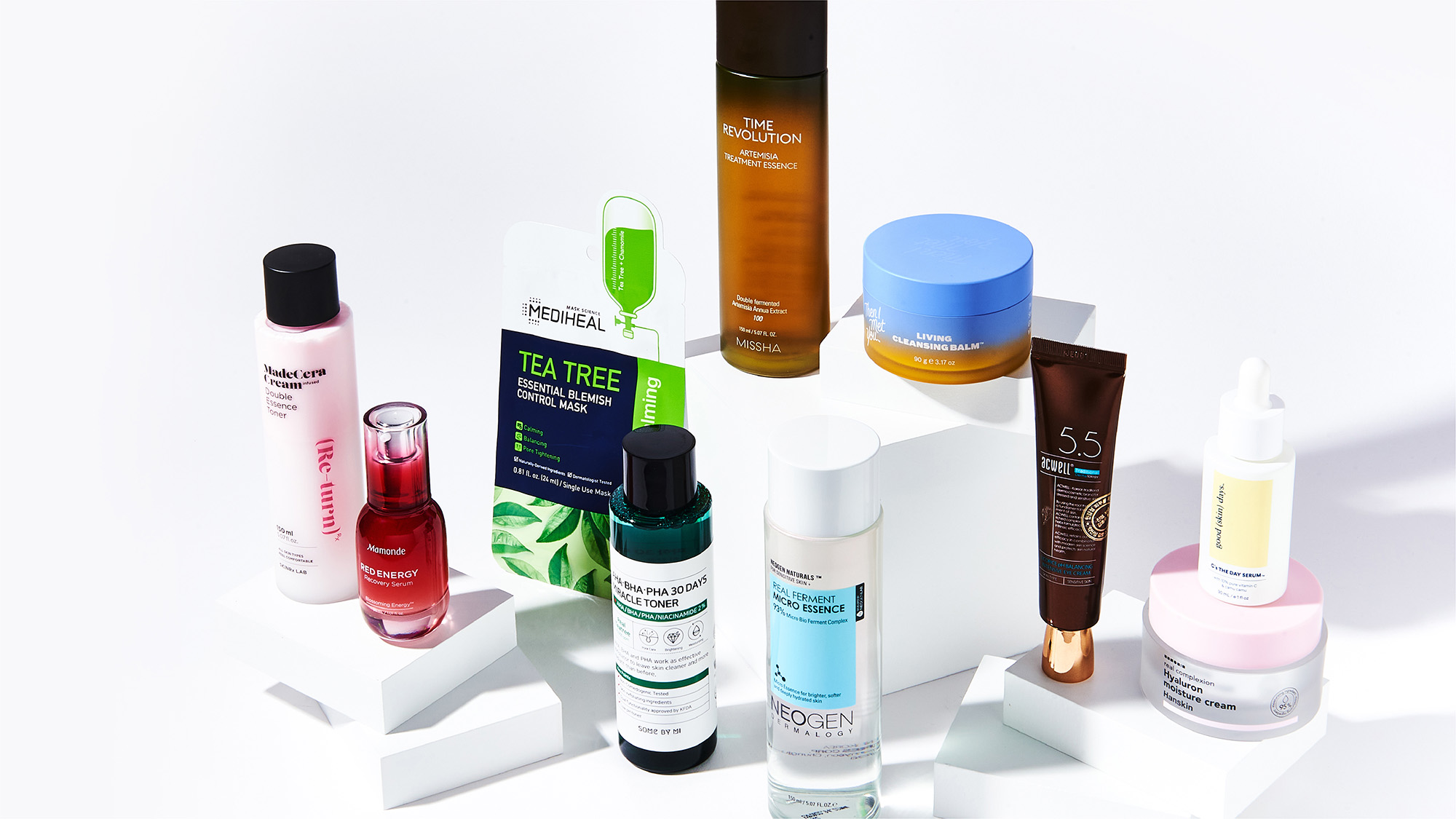Every year, we look forward to seeing who is voted the Best of K-Beauty™ – and this year is no different. Soko Glam has come out with the list of the 2020 winners of their annual awards, and we’re excited to dive into the best products that have been curated over the past year! Read on to see if any of your favorite products made the cut.
The Soko Glam Best of K-Beauty™ Awards recognizes the best-of-the-best, the most efficacious and expertly curated products in skin care that have transformed countless skin care routines. This is an opportunity to celebrate brands and products that continue to elevate not just K-beauty, but the beauty industry and beyond!
This year, the esteemed winners were selected through a two-fold voting process. First, the Soko Glam community voted on several categories. Then, a guest panel of industry leaders and changemakers provided their expertise in skin care to carefully select the remaining category winners. The list of guest judges this year included:
- Michelle Phan, Entrepreneur, beauty expert and founder of Em Cosmetics
- Olay Noel, Model and founder of MIANIK
- David Yi , Founder of beauty and skin care site Very Good Light
- Johanna Ferreira, Journalist and co-producer of The Truth Report podcast
- Divya Gugnani, CEO and co-founder of Wander Beauty
In the end, 10 deserving Best of K-Beauty™ winners were selected that we know that you – and your skin! – will love.
Lifetime Achievement Award
Voted on by: Soko Glam Team
Our Lifetime Achievement Award is very special, and a new category for us this year! The winner of this category had to have been a product curated on Soko Glam for 3+ years, have over 500+ reviews and be considered “holy grail” status within the Soko Glam community.
NEOGEN Real Ferment Micro Essence ($38)
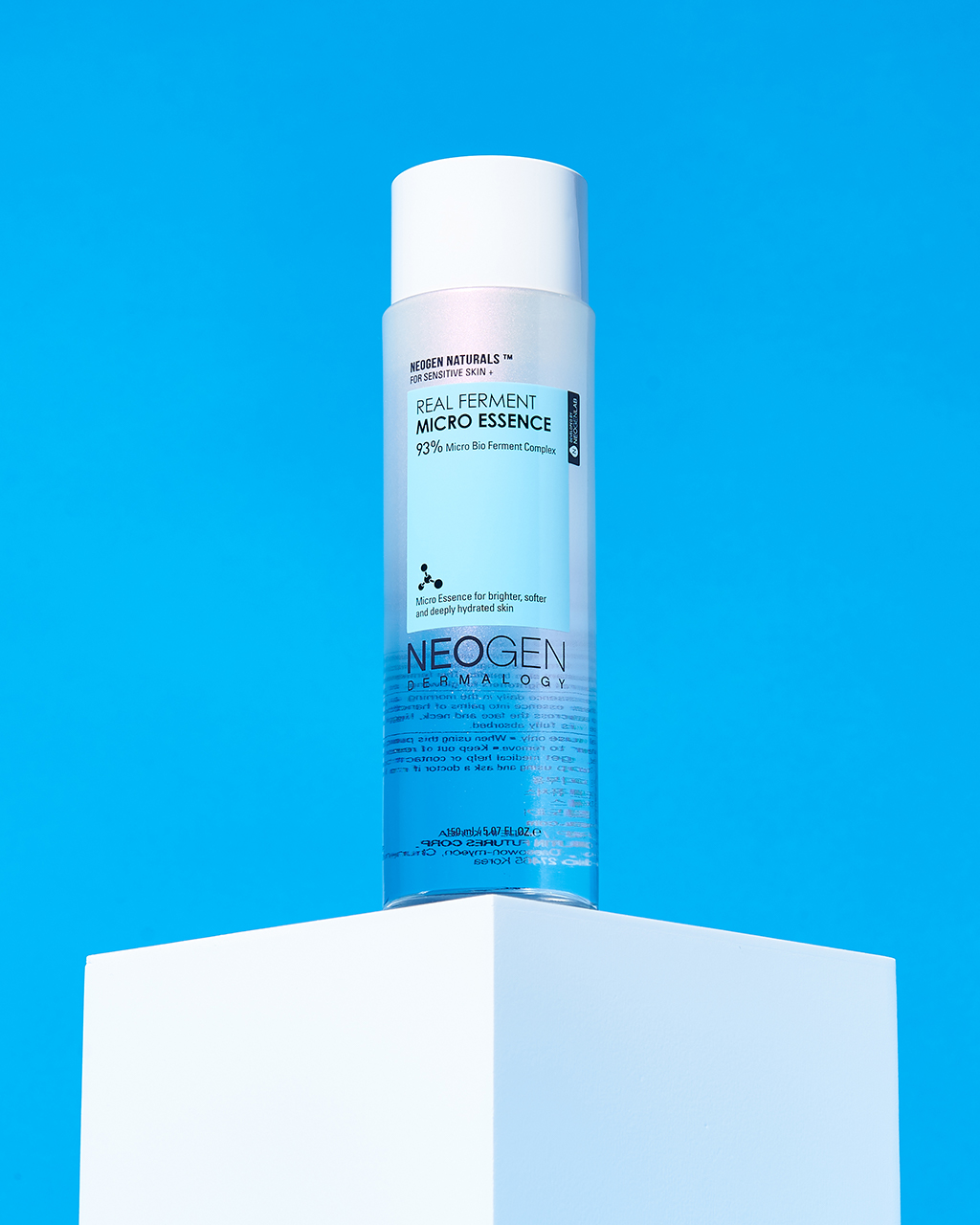
A deeply hydrating and brightening essence that contains more than 93% naturally fermented ingredients, including bifida ferment lysate and 28% saccharomyces ferment filtrate, to deliver instant moisture and skin-plumping benefits. We love fermented ingredients, and Neogen’s process is unique. The fermentation process is what provides all of the amino acids, antioxidants and organic acids that are essential to creating a healthy environment for the skin. With over 1,000 reviews and a 4.5 star rating, this essence has become an essential, and worthy of the first-ever Best of K-Beauty™ Lifetime Achievement Award.
Best Newcomer
Voted on by: Community
SKINRX LABS MadeCera Cream Double Essence Toner ($26)
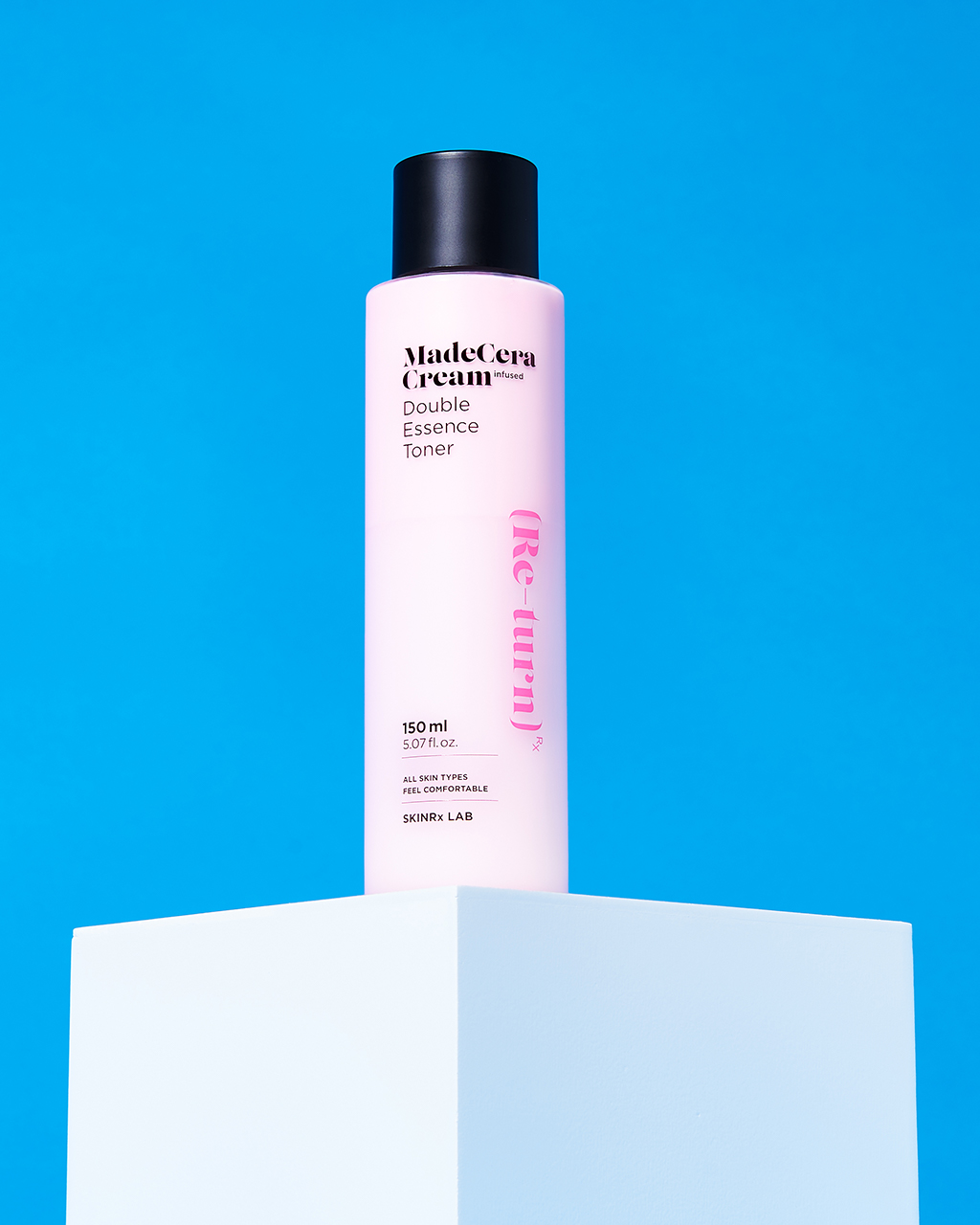
Called “Strawberry Milk” in Korea, this silky double essence, dual-layer toner is exceptional at soothing, conditioning and calming skin. With madecassoside, ceramides, beta-glucan and natural AHAs from milk protein, this gentle-yet-powerful formulation was a fast favorite of the Soko Glam community. If you’re struggling with dehydrated, dull skin or uneven texture and redness, the MadeCera Cream Double Essence Toner is an ideal choice.
Best Anti-Aging Treatment
Voted on by: Community
ACWELL Licorice pH Balancing Intensive Eye Cream ($30)
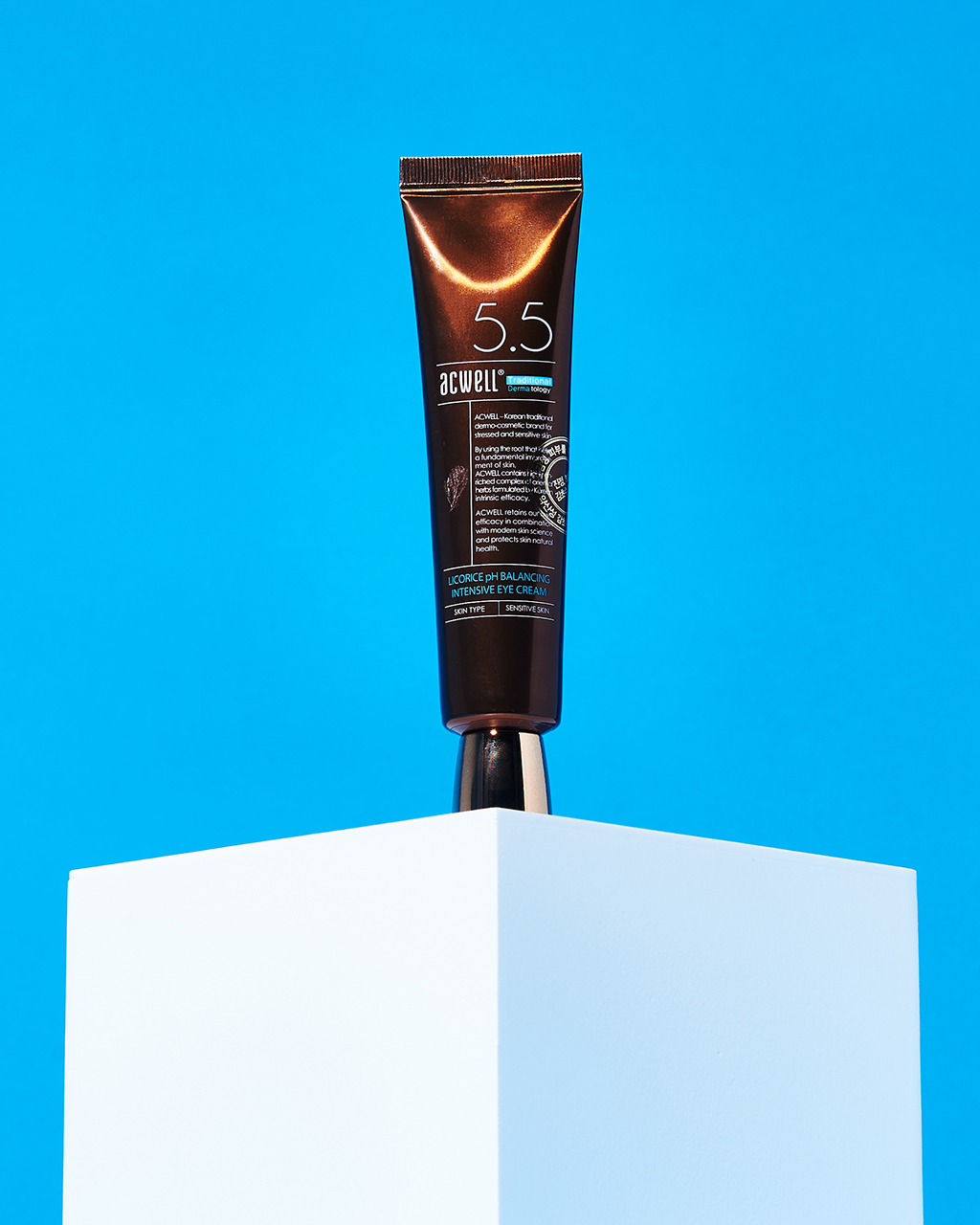
This exclusive collaboration between Acwell and Soko Glam stems from a natural extension of the popular Licorice pH Balancing line. Its hydrating formula features both licorice water and licorice extract to brighten dark circles and hyperpigmentation. Peptides and antioxidant-rich ingredients like glutathione, green tea and blueberry extract provide effective anti-aging benefits, while caffeine tightens and reduces inflammation and puffiness.
Most Reliable Results
Voted on by: Community
SOME BY MI AHA-BHA-PHA 30Days Miracle Toner ($16)
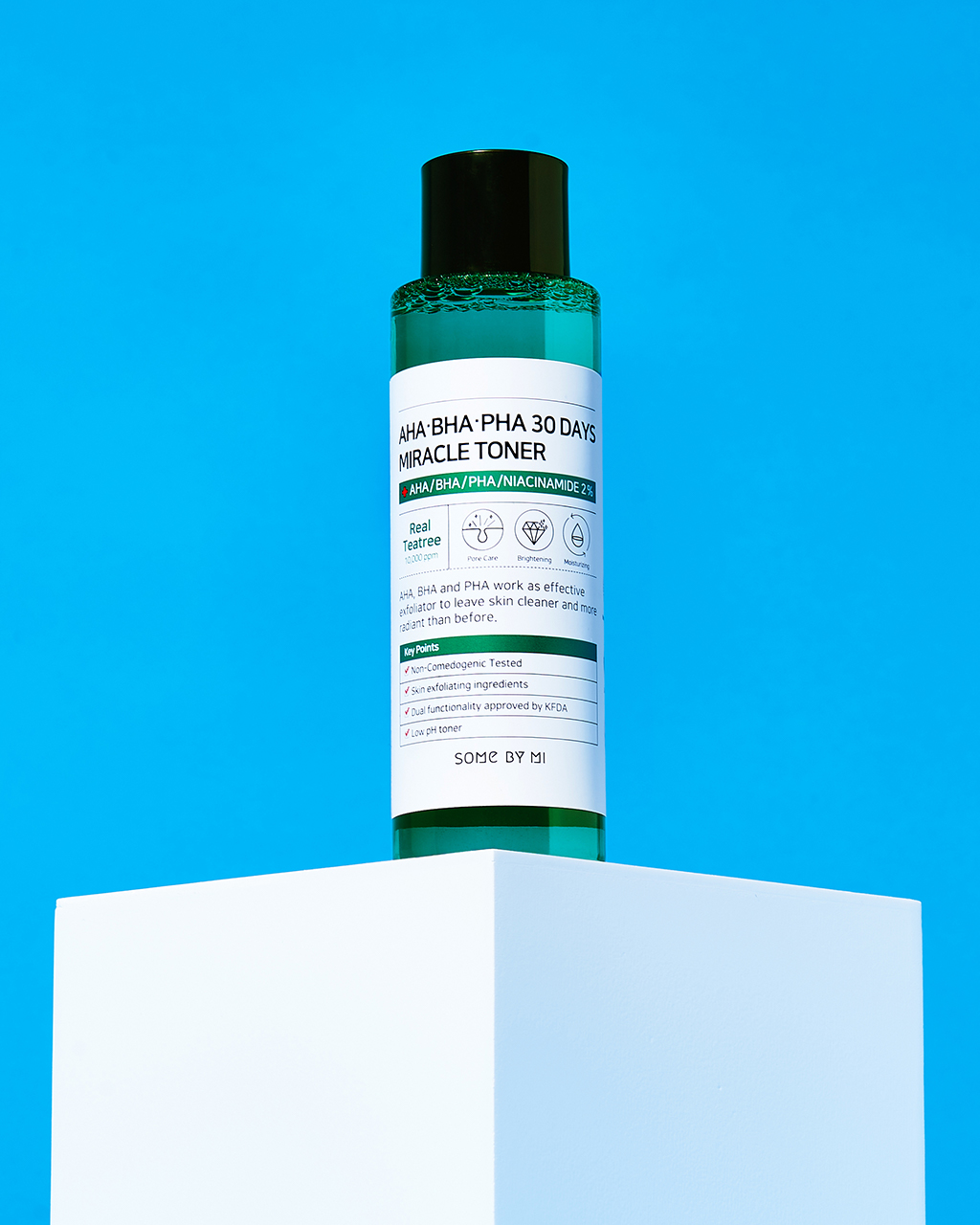
As its name suggests, the formula boasts three types of chemical exfoliants (AHAs, BHAs, and PHAs) plus papaya and witch hazel extracts to effectively boost cell turnover to keep skin smooth and healthy while gently exfoliating. A high concentration of tea tree water extract also promotes clear skin, as well as soothe inflammation, while adenosine and niacinamide target wrinkles and revive skin tone. Despite its powerful ingredients, the toner is dermatologically tested to be safe for sensitive skin and has an optimal pH of 5.5.
Best Skin Barrier Protection
Voted on by: Community
MISSHA Time Revolution Artemisia Treatment Essence ($55)

Heal and nourish red, sensitized skin with this ultra-concentrated essence that’s formulated with pure artemisia extract (also known as mugwort). The herb has powerful anti-inflammatory properties, is rich in antioxidants, and is especially beneficial for those with oily skin types or those who struggle with acne-prone skin. This essence also comes in a mist-type spray, perfect to keep by your bedside table or near your WFH setup to make sure your skin is staying hydrated throughout the day.
Most Innovative Formulation
Voted on by: Guest Judges
THEN I MET YOU™ Living Cleansing Balm ($38)
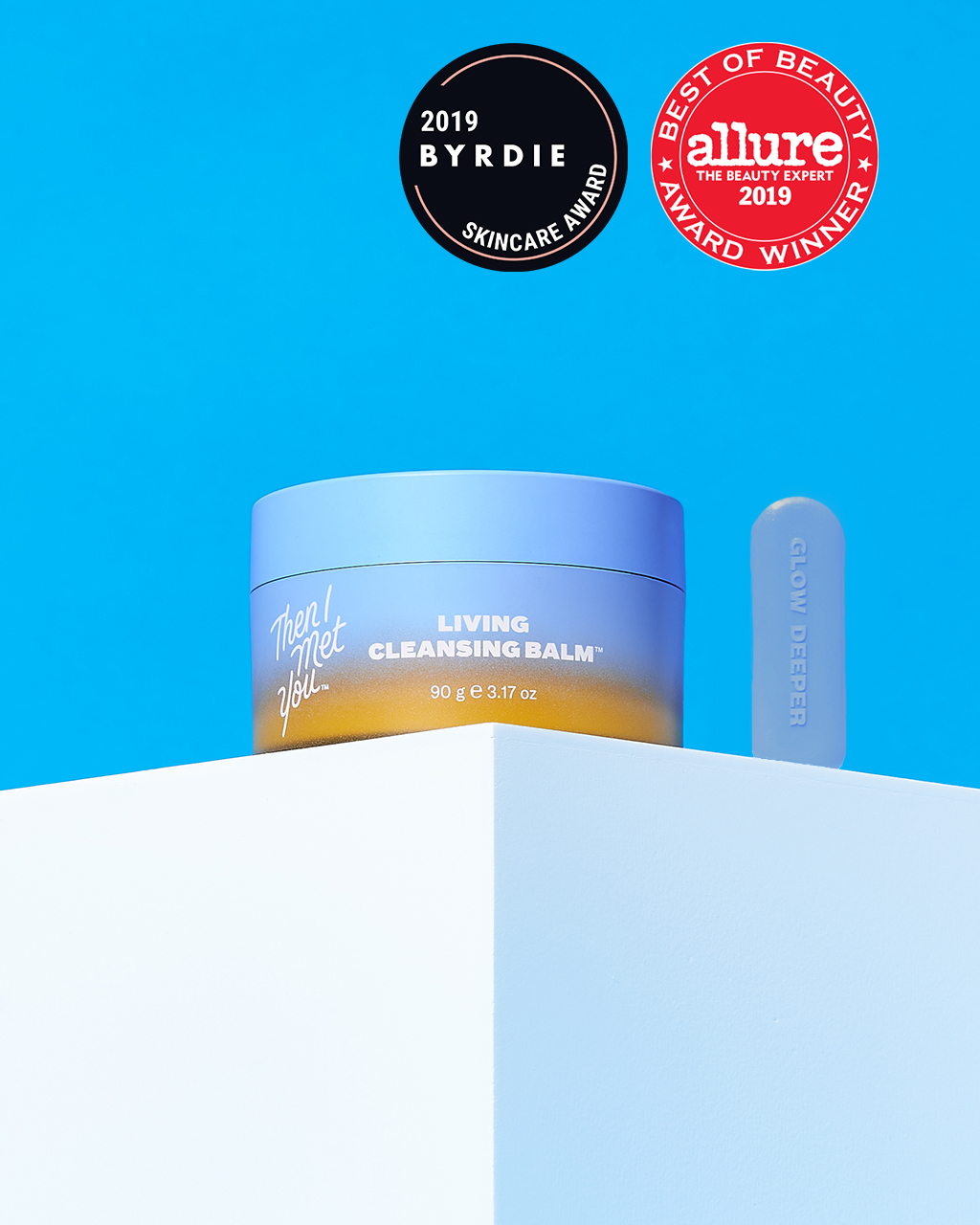
The star ingredient in this luxurious formula is antioxidant and fatty acid-rich seaberry (sea buckthorn) oil, which softens and protects skin, and gives the balm its distinctive bright yellow color. Seaberry oil is rich in stearic acid, oleic acid, linoleic acid, and omega-6 fatty acids, which have numerous benefits for the skin by providing a strong base for your skin barrier and improving hydration retention, calming stressors while delivering antioxidants. Other skin-benefiting ingredients include anti-aging and brightening persimmon extract and nourishing olive oil, grape seed oil and vitamin E.
Most Innovative Packaging
Voted on by: Guest Judges
MAMONDE Red Energy Recovery Serum ($40)
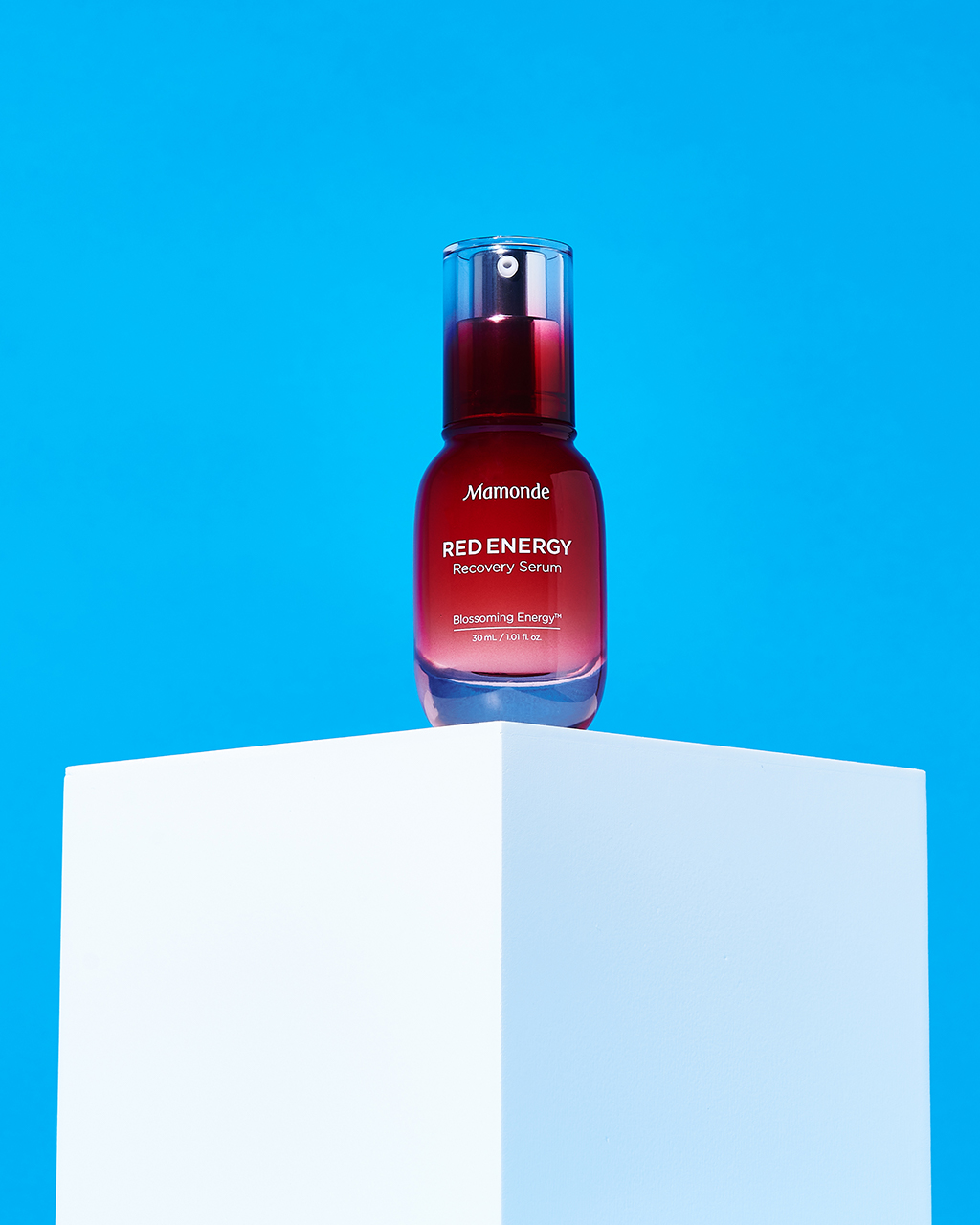
Mamonde’s Red Energy Recovery Serum is a product 28 years in the making. In these last few decades, Mamonde researchers have zeroed in on how flowers bloom, grow, and survive even within harsh environments. This research ultimately led to the development of their unique ingredient, Blossoming Energy™, which harnesses the power of flowers to improve skin. The pump gives you a perfect amount of product each time and provides a luxurious experience for both you and your skin.
Best Texture
Voted on by: Guest Judges
HANSKIN Real Complexion Hyaluron Moisture Cream ($30)
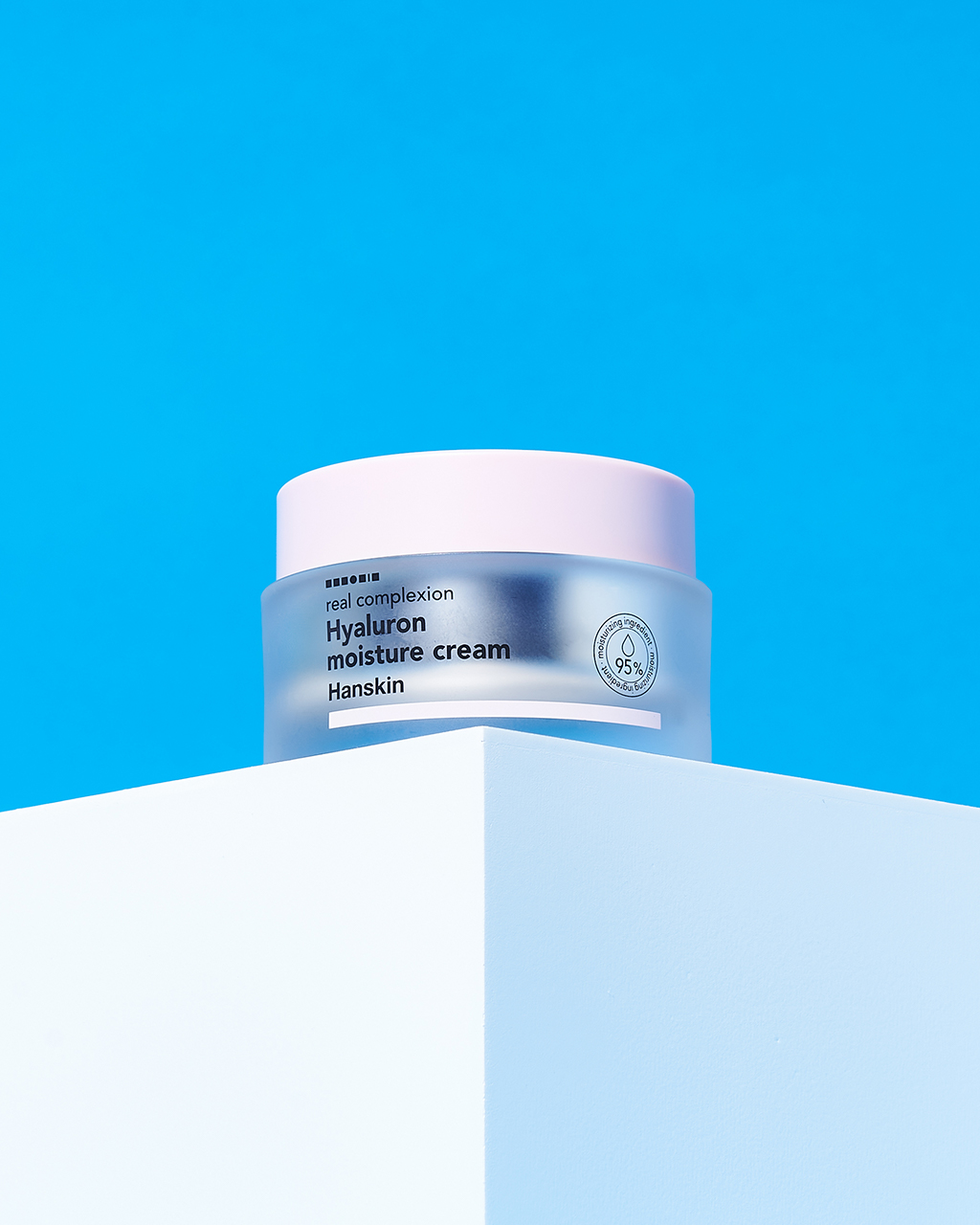
This rich, soothing cream is a game-changer for those with chronically dry and dehydrated skin because it packs a serious dose of hydration to keep dryness and redness at bay. A special matrix of three types of hyaluronic acid helps to draw moisture into the skin and keep hydration locked in all day long. While it is a thicker texture, it still feels lightweight and provides the plump, dewy complexion of your dreams.
Best Overall Experience
Voted on by: Guest Judges
MEDIHEAL Tea Tree Blemish Control Sheet Mask ($9.95)
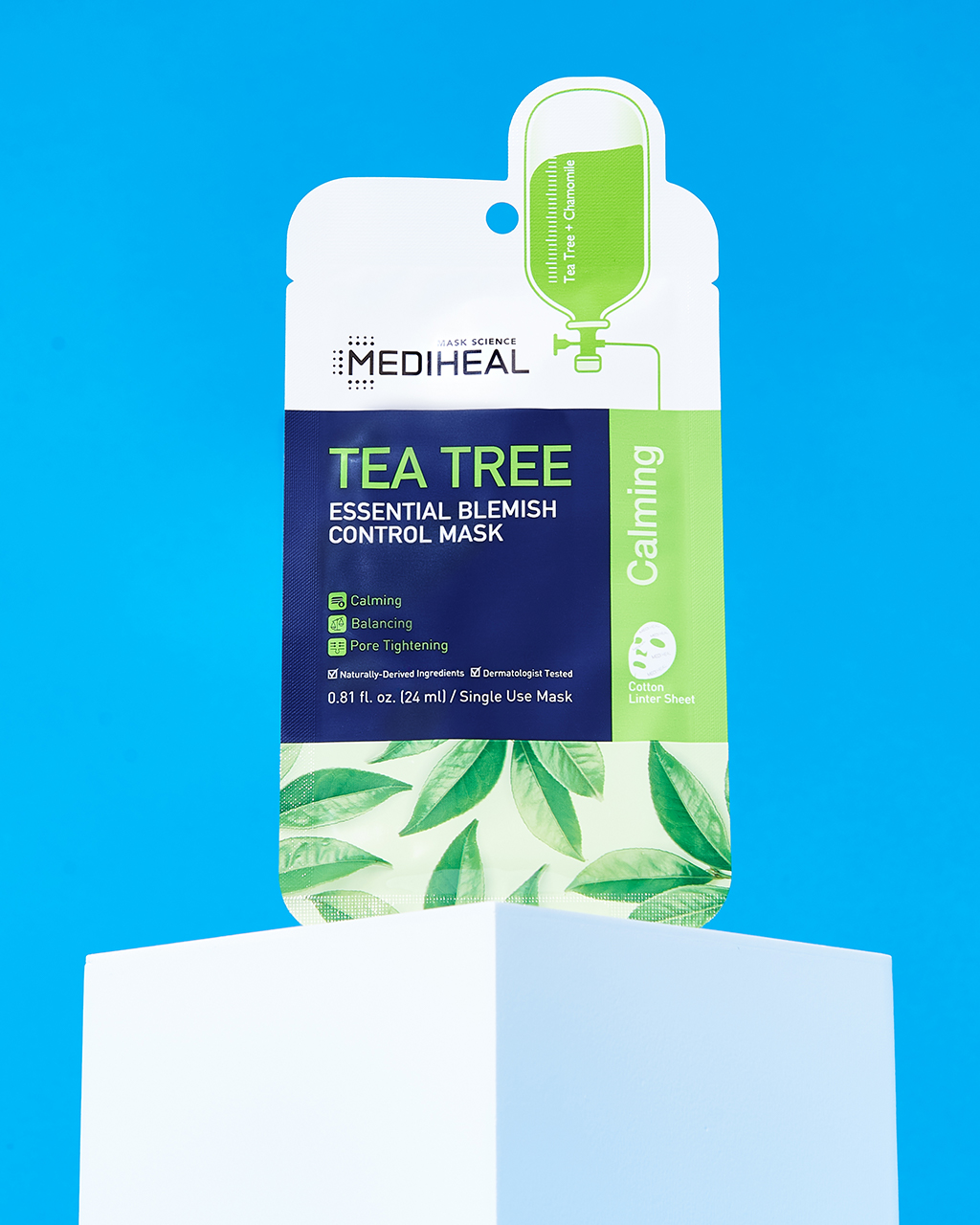
We believe that Mediheal’s sheet masks are extremely well formulated and they offer one of the best sheet mask experiences out there, and the judges agreed. Mediheal continues to be #1 in Korea, with good reason. In the Tea Tree Blemish Control Sheet Mask, willow bark exfoliates buildup in pores, rosemary purifies and tea tree oil targets breakouts, while chamomile and centella asiatica help visibly soothe redness. The combination of these ingredients not only treats acne, but prevents new spots from forming. This sheet mask is beloved, and truly delivers a top-notch experience.
Bottom Line
Cheers to this year’s elite Best of K-Beauty™ class of 2020! With top-notch formulas, luxurious experiences and unique skin care benefits, any of these would be a great option to try whether you’re new to K-beauty, or a longtime fan. Shop the full collection of this year’s winners at Soko Glam!


